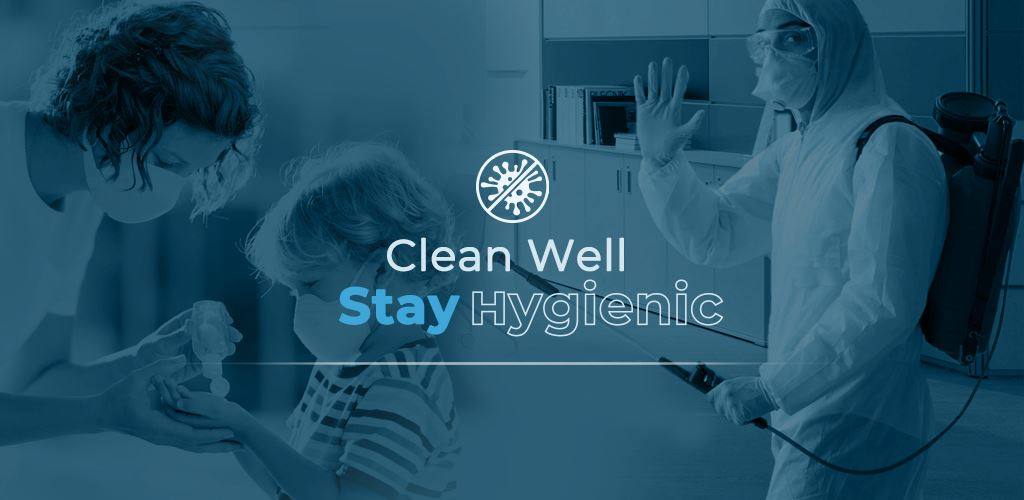
Sanitize vs Disinfect: What's the Difference?
The words sanitize and disinfect are confused and misused interchangeably when it comes to cleaning. Both are very similar in meaning and usage but hold a significant difference that helps you understand and recognize the importance of cleaning products, eventually leading to wise purchase decision-making. The points of difference also let you know how to use these products to show maximum effectiveness while dealing with germs and microbes. Keep reading to learn the difference to understand what to choose when!
Sanitize vs. disinfect: Main differences

We already know that protection from germs lies beyond the elimination of harmful bacteria. Leveling up with the safety and health standards demands a cautious approach that treads with safe and effective usage of the sterilizing agents. The degree of cleanliness needs to be understood when dealing with sanitizing and disinfecting. Disinfection, a process that directly attacks and kills germs is a little more brutal than sanitization. Sanitization acts gentler on the bacteria subsiding their harmful effect. Now the question is, what to use when!
When to sanitize?
Cleaning up the dirty surface to avoid any unneeded germ transmission is the best way to deal with surfaces prone to bacteria accumulation. Bathrooms, counters, toys, dishes, silverware, etc., sanitization should be employed more as a routine cleaning method to remove dirt, dust, debris, and small amounts of germs.
What is considered the best sanitizing agent?
Sanitizing products such as hand sanitizers and sanitizing wipes are more diluted compared to an equivalent disinfectant solution. Sanitizers may attack the viruses and bacteria directly but are not 100% percent effective in killing them. As already discussed the sanitizers are used for cleaning regularly touched surfaces, therefore, an effective sanitizing agent must reduce bacteria on a surface by at least 99.9 percent. Sprays, liquids, granules, and powders, sanitizing agents come in forms most useful to counter the communicable germ transmission. Choose a type that suits your requirements in the best possible manner!
When to disinfect?
Unlike sanitizing, disinfecting won't be a super common part of your cleaning routine. Disinfectants are reserved for bigger messes that demand intensified cleaning. They are commonly applied in medical settings and in situations where sanitization is not an intuitive measure. Surfaces exposed to dangerous bacteria, including doorknobs, faucets, sinks, dining room, office desk, etc., need treatment with high-intensity cleaning using disinfectants.
What is considered the best disinfecting agent?
The primary use of disinfectants is to eliminate or greatly reduce microbial pathogens and thus prevent disease and illness transmission. A disinfectant must kill 99.999 percent of germs, compared to 99.9 percent for sanitizers. The difference in intensity to kill germs does not seem much but reduces the harmful germ effect substantially. More towards eliminating to protect human health, disinfectants are more concentrated compared to sanitizers. Disinfecting agents available in the form of phenols, chlorine bleach, or hydrogen peroxide are used more for germ removal in public places.
Choose what suits your cleaning routine in the best possible way!

When considering and comparing sanitizers to disinfectants, we find that the sanitizers are a little more gentle than disinfectants. Sanitize, on the one hand, refers to the lowering of the germ intensity on a surface. Disinfection, on the other, is the complete removal by directly attacking and killing the microbes. Sanitizing cleans dirty surfaces, whereas disinfection means lowering the risk of infections by heavy germ killing. Choose what you need as a part of your cleaning routine!

Leave a comment